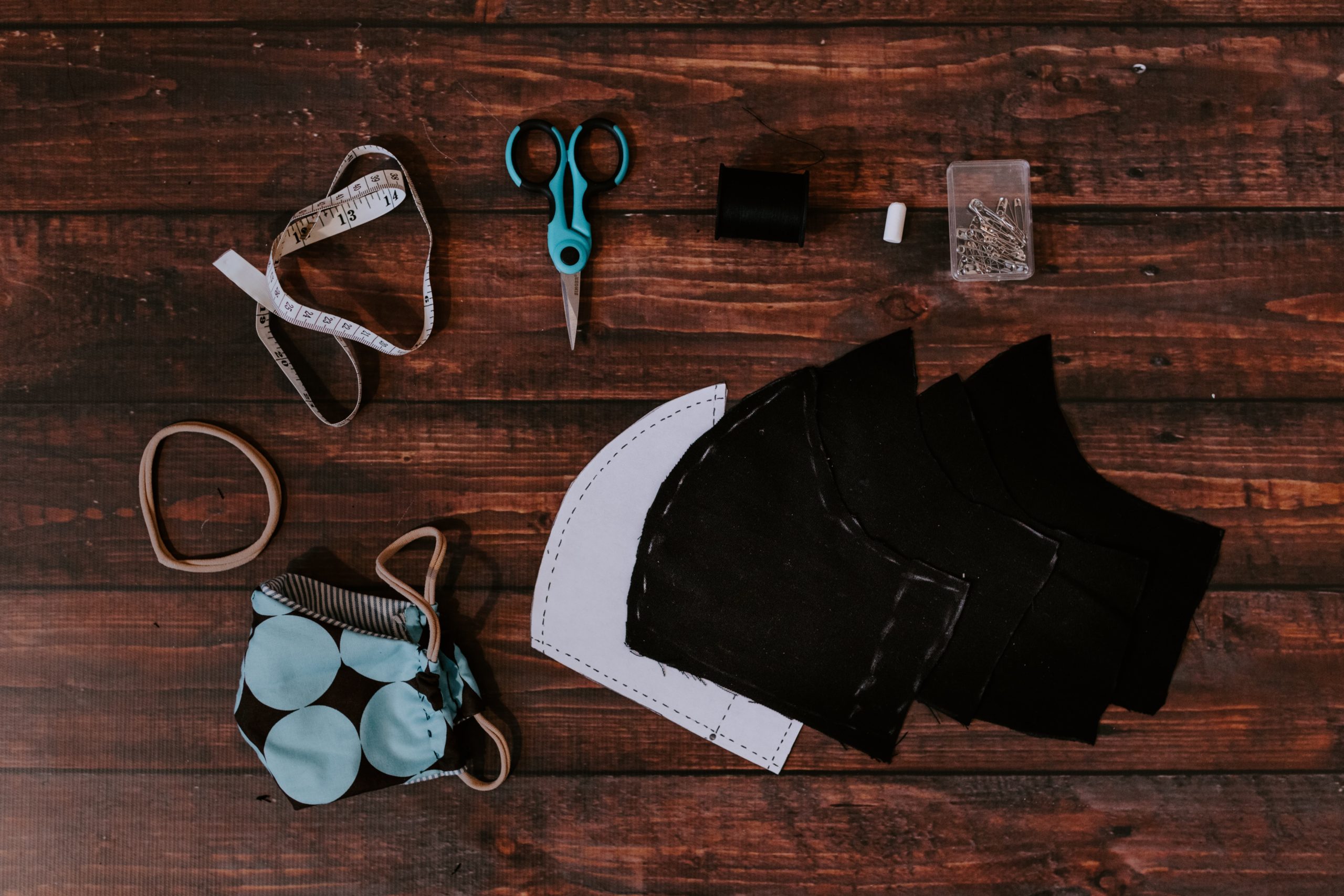Doing a regular breast self-exam is an excellent habit for every woman to develop because it can make you breast self-aware. Awareness of how your breasts normally look and feel is important, because any changes that may occur in the future will be more noticeable, and can flag an issue you might otherwise ignore. Examples of changes to look for include dimpling, puckering, bulging of the skin, or even redness, soreness or a rash. These kinds of issues should always be brought to your doctor’s attention.
 However, breast self-exams on their own are limiting because human touch can’t detect smaller lumps, or an abnormal growth at its earliest stage. And earlier detection plays a big role not only in long-term survival, but in your quality of life – helping you reduce the emotional and financial cost that comes with later stage diagnosis. Treatment at the earliest stage is likely to be less aggressive, less expensive and with a better long-term outcome.
However, breast self-exams on their own are limiting because human touch can’t detect smaller lumps, or an abnormal growth at its earliest stage. And earlier detection plays a big role not only in long-term survival, but in your quality of life – helping you reduce the emotional and financial cost that comes with later stage diagnosis. Treatment at the earliest stage is likely to be less aggressive, less expensive and with a better long-term outcome.
That’s why at Solis Mammography, we educate all of our patients and referring physicians that when it comes to breast cancer, size really matters. Using an analogy of food to help explain size differences, consider this. The average size of a mass found by a woman who performs occasional self-exams is the size of a walnut. The average size of a mass found by a woman who gets a regular, annual mammogram is the size of a pea. Consider then, the ramifications of treating the walnut versus the pea. There is a cost difference, surely – but more importantly, there is a huge quality of life difference offering a woman the opportunity to perhaps avoid chemotherapy and preserve hair or breasts.
![]() Following the recommendations of physician-led organizations like the National Comprehensive Cancer Network and the American Congress of Obstetrics and Gynecologists, we recommend that women get their annual mammogram starting at age 40, and then practice monthly self-exams in between annual screenings. The goal is to find it before you can feel it.
Following the recommendations of physician-led organizations like the National Comprehensive Cancer Network and the American Congress of Obstetrics and Gynecologists, we recommend that women get their annual mammogram starting at age 40, and then practice monthly self-exams in between annual screenings. The goal is to find it before you can feel it.
Towards that end, today’s technology offers 3-D Mammography, the best screening tool available for early detection. More than 140 studies have shown that 3-D is far superior to conventional 2-D mammography, increasing early detection by 54 percent and reducing unnecessary recalls by 37 percent. This is because 3-D provides clearer, more detailed images of breast tissue through 60+ layered views of breast tissue, significantly more than the 4 views offered by conventional mammography.
So, when it’s time for your annual screening mammogram, remember to ask for 3D. Remember that the practice of mammography is more accurate when performed by specialized radiologists in breast-dedicated imaging centers. And remember that regular annual screenings, paired with monthly self-exams, is the best way to ensure early detection of any issue which needs attention. Together, these two habits can lead to better breast health and overall peace of mind.
FYI: Contrary to popular misconception, you do not need a physician’s order to schedule a screening mammogram. And, you are free to choose any provider you like – so be sure to look for one who offers the convenience, expertise, and quality of care you deserve.
Check out the Myth #5 video here.
Check out the Full Ten Myths About Mammography video.
To schedule an appointment online, click here.












